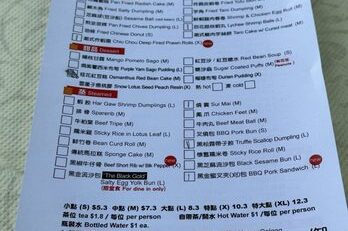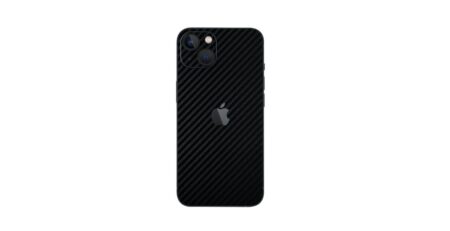Winter full face mask ( Check Out Now )
What is a Winter Full Face Mask?
Unlike disposable surgical masks, winter full face masks (also known as balaclavas, ninja masks, or ski masks) are thick, insulated coverings designed to protect your entire face and neck from the cold.

Why Use a Winter Full Face Mask?
Winter full face masks offer a multitude of advantages:
- Warmth: The primary benefit is, of course, warmth. Winter masks trap body heat, preventing your face and ears from getting cold and uncomfortable.
- Wind Protection: Wind chill can significantly increase the coldness you feel. Winter masks shield your face from harsh winds, keeping you feeling warm even on blustery days.
- Moisture Wicking: Many winter masks are made from breathable materials that wick away moisture from your breath, preventing frostbite and keeping you dry.
- Sun Protection: Some winter masks offer UV protection, shielding your face from the sun’s harmful rays on bright winter days.
- Reduced Irritation: Cold air can exacerbate dry skin and allergies. Winter masks minimize exposure to cold air, reducing irritation and keeping your skin comfortable.
Which Winter Face Mask is Right for You?
With so many options available, choosing the right winter face mask can feel overwhelming. Here’s a breakdown of popular materials and factors to consider:
- Material:
- Fleece: Soft, comfortable, and warm, fleece masks are great for everyday winter wear.
- Merino Wool: Naturally breathable, odor-resistant, and incredibly warm, merino wool masks are a premium choice.
- Neoprene: Windproof and water-resistant, neoprene masks are ideal for intense activities like skiing or snowboarding.
- Microfiber: Breathable and lightweight, microfiber masks are a good option for milder winters or high-intensity workouts.
- Features:
- Breathability: Look for masks with breathable materials or mesh panels to prevent moisture buildup.
- Insulation: Consider the level of warmth you need. Thicker masks offer more warmth but may be less breathable.
- Visibility: Opt for masks with a clear panel if you wear glasses to prevent fogging.
- Fit: Choose a mask that fits snugly but comfortably without restricting movement.
How to Cover Your Face in Winter (Beyond Masks)
While winter full face masks are a great option, here are some alternatives for covering your face in winter:
- Buff: A versatile tube-shaped scarf, buffs can be worn in various ways to cover your face, neck, and head.
- Neck Gaiter: Similar to a buff, a neck gaiter is a comfortable and adjustable way to keep your neck and lower face warm.
- Scarf: A classic way to stay warm, a large scarf can be wrapped around your face and neck for added protection.
DIY: Making a Homemade Winter Face Mask (Bonus!)
For a budget-friendly option, you can create your own winter face mask. Here’s what you’ll need:
- Fleece fabric (or another warm, breathable material)
- Scissors
- Sewing machine (or needle and thread)
- Cut two rectangular pieces of fleece fabric, one slightly larger than the other.
- Sew the larger piece together along the long sides to create a tube.
- Sew the smaller piece to one end of the tube, leaving an opening for your face.
- Cut eye holes (optional) if desired.
Remember: This is a basic guideline. You can adjust the size, shape, and features to fit your needs and preferences.
Embrace Winter with Confidence!
With the right winter full face mask, you can conquer the cold and enjoy all that winter has to offer. So, gear up, stay warm, and get ready to embrace the beauty of the season!










